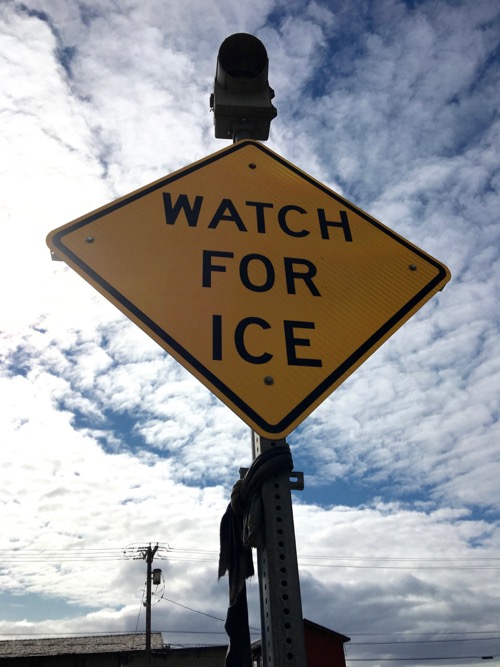
Sea Ice vs. Land Ice: What’s the difference?
During our live webinar there were many questions about sea ice so I thought I’d include a journal and some helpful links! Sea iceThere are terms for different types of ice. Shorefast ice forms along coasts and is attached to land. Pack ice is ice floating in open water. Multiyear ice is ice that has survived at least 1 summer. First year ice is ice that has not yet survived a melting season. is frozen ocean water, which is different from glaciers and ice sheets which are land-based ice. Arctic sea ice can float freely where the Antarctic ice is mostly land based ice or attached to the coastline. When sea ice melts it does not directly influence sea level, however when land ice melts and runs into the sea that does directly influence sea level. We have not seen any sea ice during our research trip so far here in the Beaufort, and don’t expect to, as the present ice is further North. This month is the time of year when sea ice reaches its minimum extent. To check out a map of the present sea ice conditions go to the following link: https://climate.nasa.gov/vital-signs/arctic-sea-ice
Brine Channels
One of the interesting facts I’ve learned about sea ice is that when it forms, the salt content of the ice decreases as brine channels develop within the formed ice. The salt moves through these channels into the unfrozen water below the ice. The addition of salt increases the density of the water. This salty cold water in the polar regions sinks and contributes to the ocean conveyor belt, the worldwide ocean current system, by moving toward the equator in deep ocean waters. Warm, less dense water travels from the equator toward the polar regions. Newly formed sea ice is still pretty salty, but multi-year ice, the sea ice that has lasted for multiple years, can become fresh enough to drink when melted!
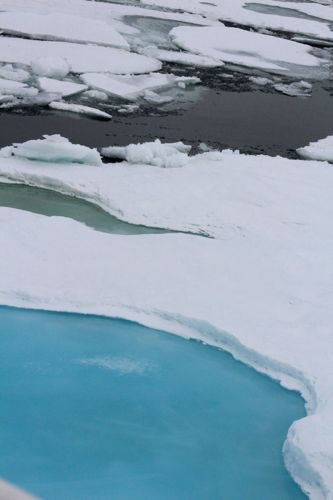
Sea iceThere are terms for different types of ice. Shorefast ice forms along coasts and is attached to land. Pack ice is ice floating in open water. Multiyear ice is ice that has survived at least 1 summer. First year ice is ice that has not yet survived a melting season. formation and melting is important for the formation of the oceans current system but also for several other reasons. Sea iceThere are terms for different types of ice. Shorefast ice forms along coasts and is attached to land. Pack ice is ice floating in open water. Multiyear ice is ice that has survived at least 1 summer. First year ice is ice that has not yet survived a melting season. provides a bright reflective surface that bounces back the sun’s energy much more than dark open ocean water. More sea ice keeps the Arctic cooler which allows for additional sea ice to develop and reflect more energy away from the Earth. Less sea ice starts a chain of warming events as ocean with less sea ice absorbs additional energy from the Sun. So while sea ice melting does not directly contribute to sea level rise, it indirectly can. Less sea ice means that more heat energy is absorbed by the oceans, which can increase global temperatures and in-turn can can lead to an increase in the melting rate of land-based ice. Additionally, as the oceans warm the ocean water expands which also can lead to increases in global sea levels.
Habitats Above and Below the Ice!
Polar bears, walrus, seals, birds and whales rely on sea ice for their hunting grounds, migration routes and as a place to breed and take care of their young. Indigenous humans also rely on the ice as hunting grounds for a large portion of their yearly food supply. Beneath the ice is another habitat that’s made up of algae and young invertebrates and fish.
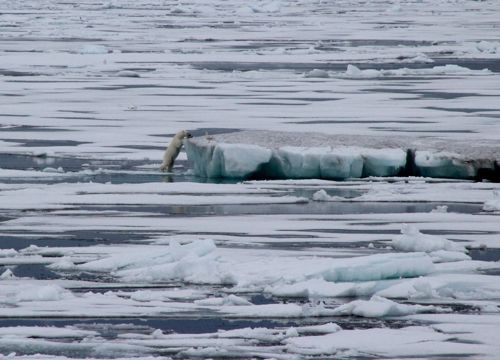
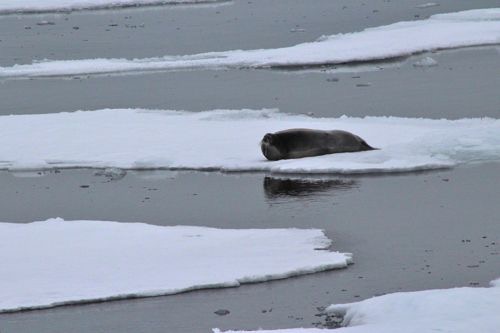
Curious to learn more about sea ice? Go to this link:
http://nsidc.org/cryosphere/seaice/index.html
Arctic Artwork!
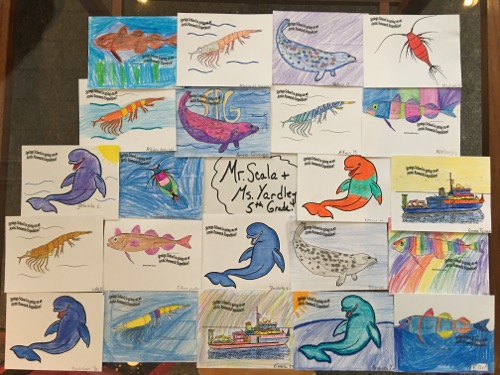
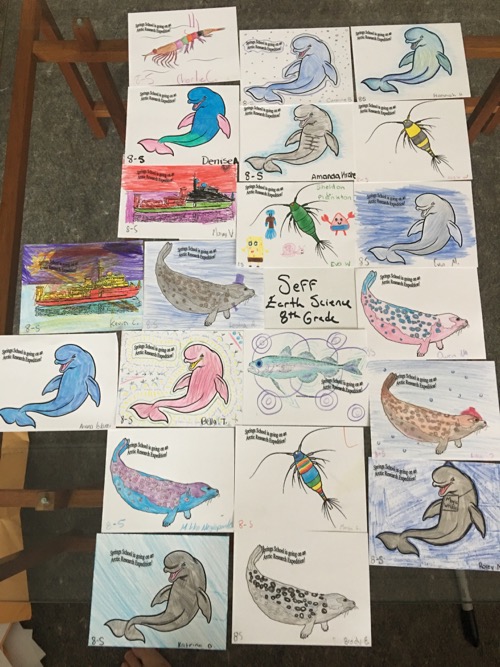
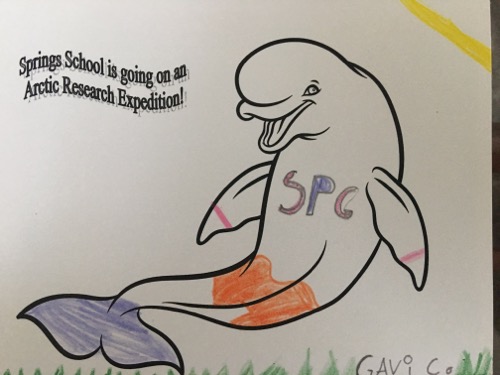
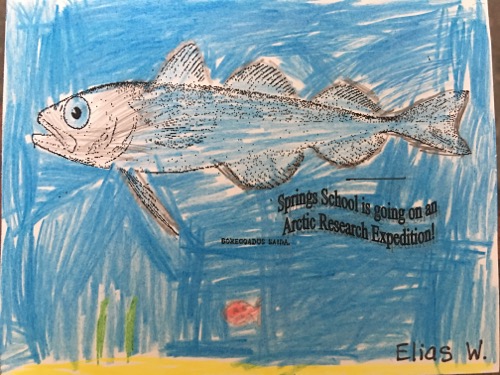
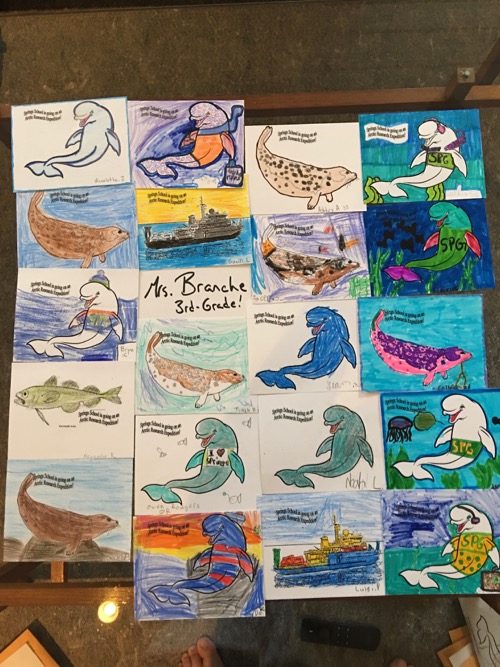
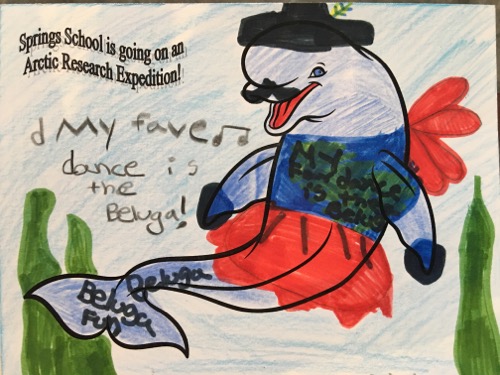


Comments